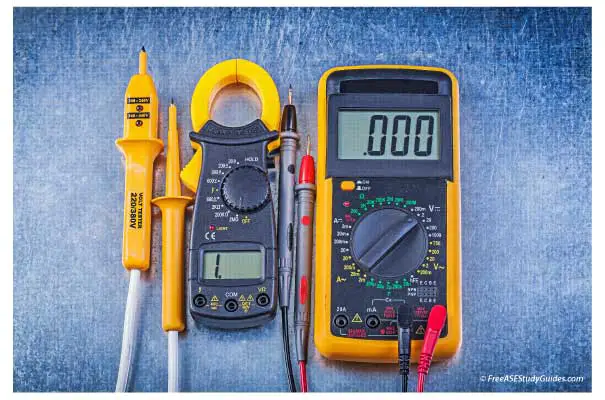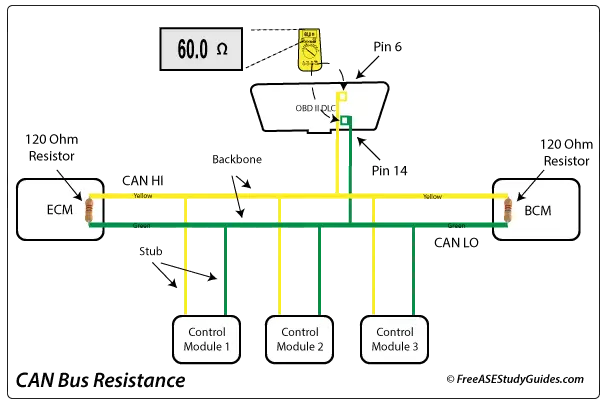Testing for Resistance

Use the Ohms setting of a multimeter to test for continuity. Testing for continuity is a way to ensure that there's an unbroken and complete circuit, not a broken wire or an open ground.
Other times, the resistance of a variable resistor, like a temperature sensor or an ignition coil, is measured for accuracy. Both of these measurements are taken on a portion of a circuit.

Measure resistance with a multimeter's ohmmeter. It passes a small amount of current through the device or wire being tested. It then measures the resulting voltage. This is only one reason why resistance measurements are never taken on a live circuit where voltage is present. Testing a live circuit could damage the multimeter.